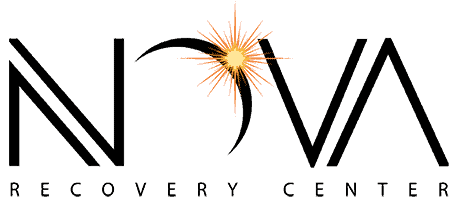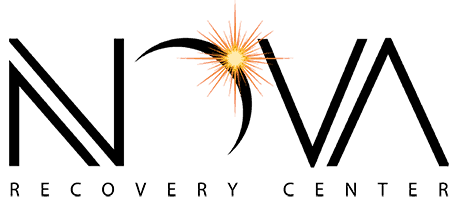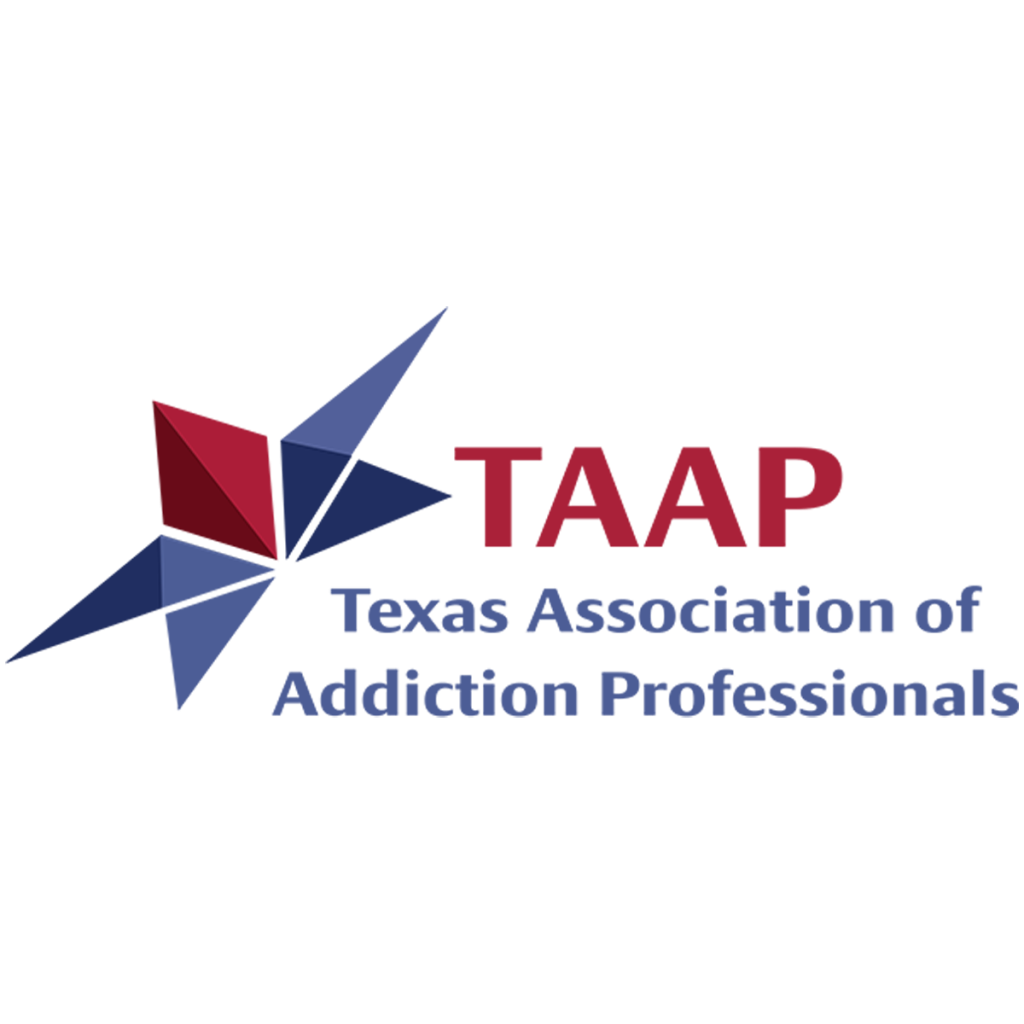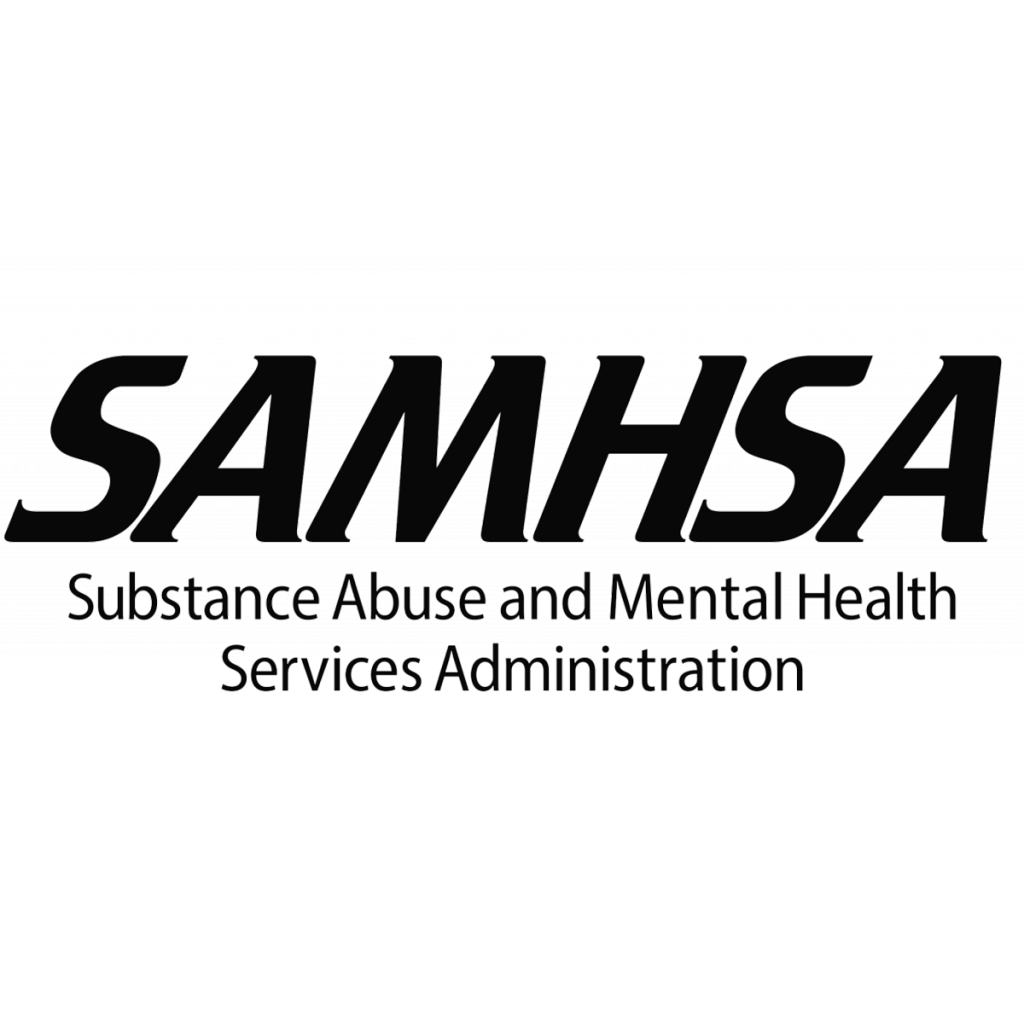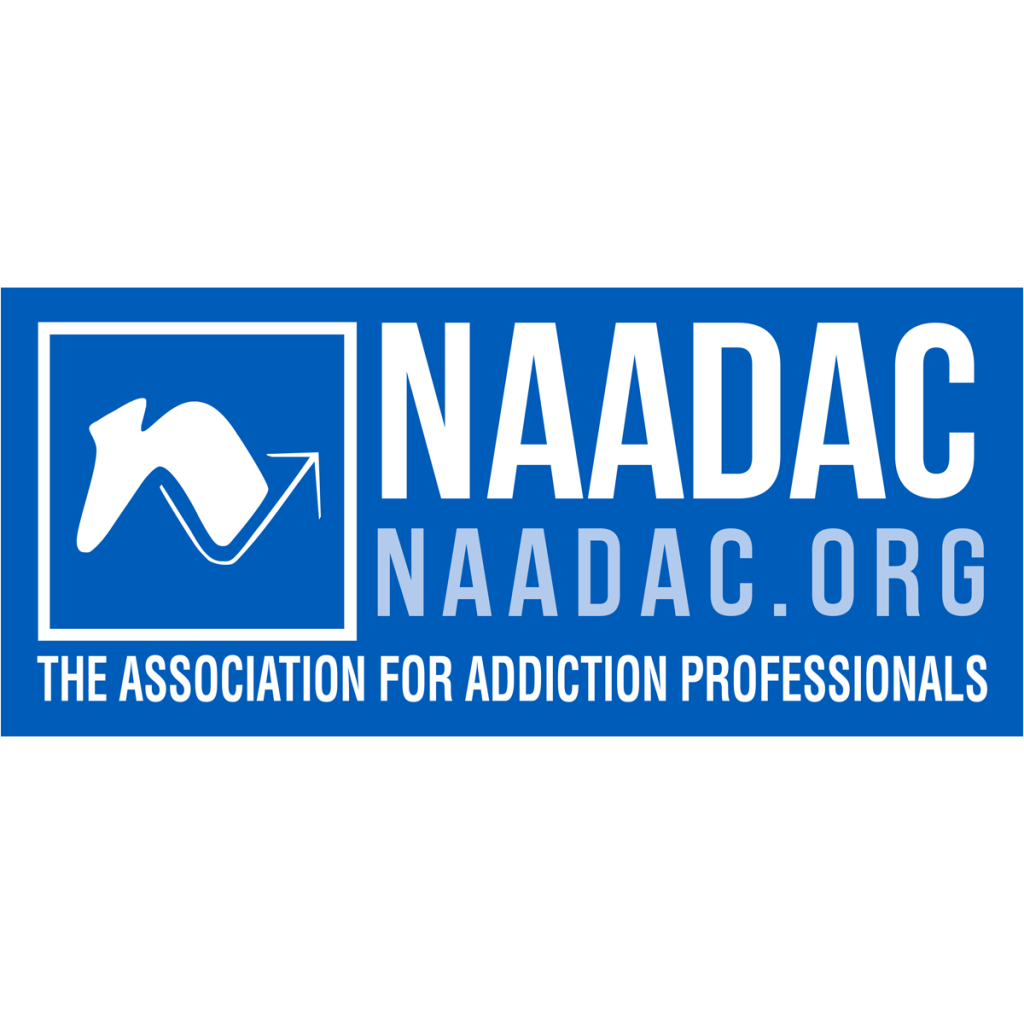
Table of contents
A staggering 75 percent of men and women in addiction treatment report histories of abuse and trauma. But how does trauma predispose a person to substance abuse? It’s a complicated subject with many branching variables. So let’s examine some common types and aftereffects of trauma and how they can translate into addiction.
Types of Trauma
The three types of trauma include acute, chronic, and complex. Some of these conditions may seem more severe than others by comparison, but everyone experiences trauma differently. Belittling or diminishing one person’s trauma over another is unproductive and damaging. These conditions all have the capacity to be equally debilitating and can push an individual to addiction as a means of coping.
Acute
Acute trauma stems from a single stress-inducing event such as a car accident or the sudden death of a loved one.
Chronic
Chronic trauma characterizes prolonged and insistent stressors such as domestic violence or sexual abuse.
Complex
Complex trauma involves varied and numerous stress-inducing events that often produce examples of both acute and chronic trauma.
Post-Trauma Conditions and Self Medication
The results of the previously mentioned types of trauma can essentially be boiled down to two categories of trauma response. Hyperarousal and Hypoarousal act as umbrella terms for how an individual responds to the trauma they experienced. These responses also characterize how an individual may cope with said trauma through addiction and substance abuse.
Hyperarousal: Symptom Overload
Hyperarousal is commonly associated with Post Traumatic Stress Disorder (PTSD) as a perpetual activation of the fight or flight response even after the trauma event has concluded. Individuals with this condition often struggle with panic and anxiety due to constant fight or flight activation. Additionally, people experiencing hyperarousal often become suspicious and distrustful of the people in their lives. This tends to create a sense of isolation perpetuated by the perceived constant threat of a new trauma event.
Fight or flight involves the nervous system being on high alert, hypervigilance, and often insomnia because the body cannot relax. As a result, these symptoms can often overwhelm the person experiencing hyperarousal because it feels like too much is happening all at once.
Hypo-Arousal: Symptom Disconnection
In contrast to hyperarousal, hypo-arousal often makes the affected individual feel a sense of disconnection and numbness. So instead of feeling like everything is happening all at once, hypo-aroused individuals feel incapable of expressing anything at all. As a result, this sense of numbness and disconnection is often attributed to disassociation where an individual feels removed from experience and sensation. It is a state of shutdown perceived to protect the affected individual from the expectation of continued trauma.
Self-Medication
In cases of both hyperarousal and hypo-arousal, affected individuals may seek to self-medicate via substance abuse. But both parties are seeking opposite results. In the case of hyperarousal, the goal is to dull some of the heightened anxiety and adrenaline of the fight or flight response. While hypo-aroused individuals seek a substance that will stimulate a fabricated emotional or physical response to replace the sense of numbness and disconnection. These individuals may seek depressants and stimulants respectively.
Addiction manages the user’s underlying problem and in a sense, addiction is a symptom of the problem. So if the trauma is treated, will the symptom go away? Unfortunately, both trauma and addiction require dedicated management and care but treatment may be administered in tandem. In fact, it’s encouraged.
Nova Recovery Center offers Cognitive Behavioral Therapy (CBT) which is successful in treating both trauma and addiction. Our qualified staff dedicate themselves to a healthy and safe environment that fosters growth and lasting recovery. Call (888) 427 – 4932 today for more information on our programs and amenities.
